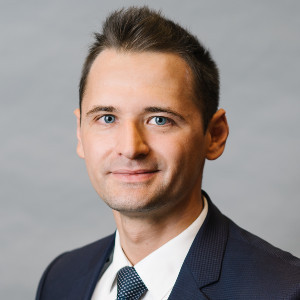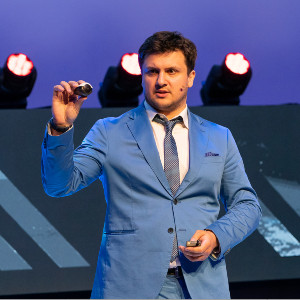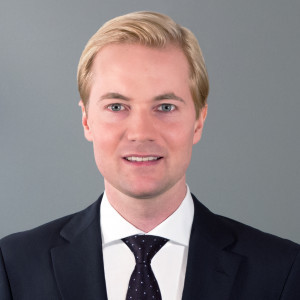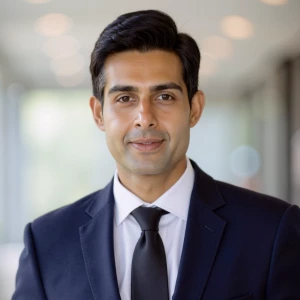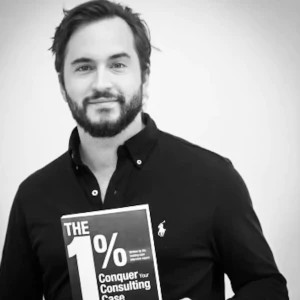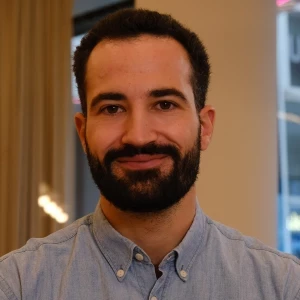Hi everone,
I have 2 questions for you:
1) I am doing Mck interviews and, as everybody knows, the first part are fit questions. Do you have some information about how they want you to structure the question (if they want it)? How direct yo should be every question?
2) During the case, in the first question, should you always do the structure? Even if they have asked you about some factors that are the cause of a phenomenon?
Thanks everybody!


